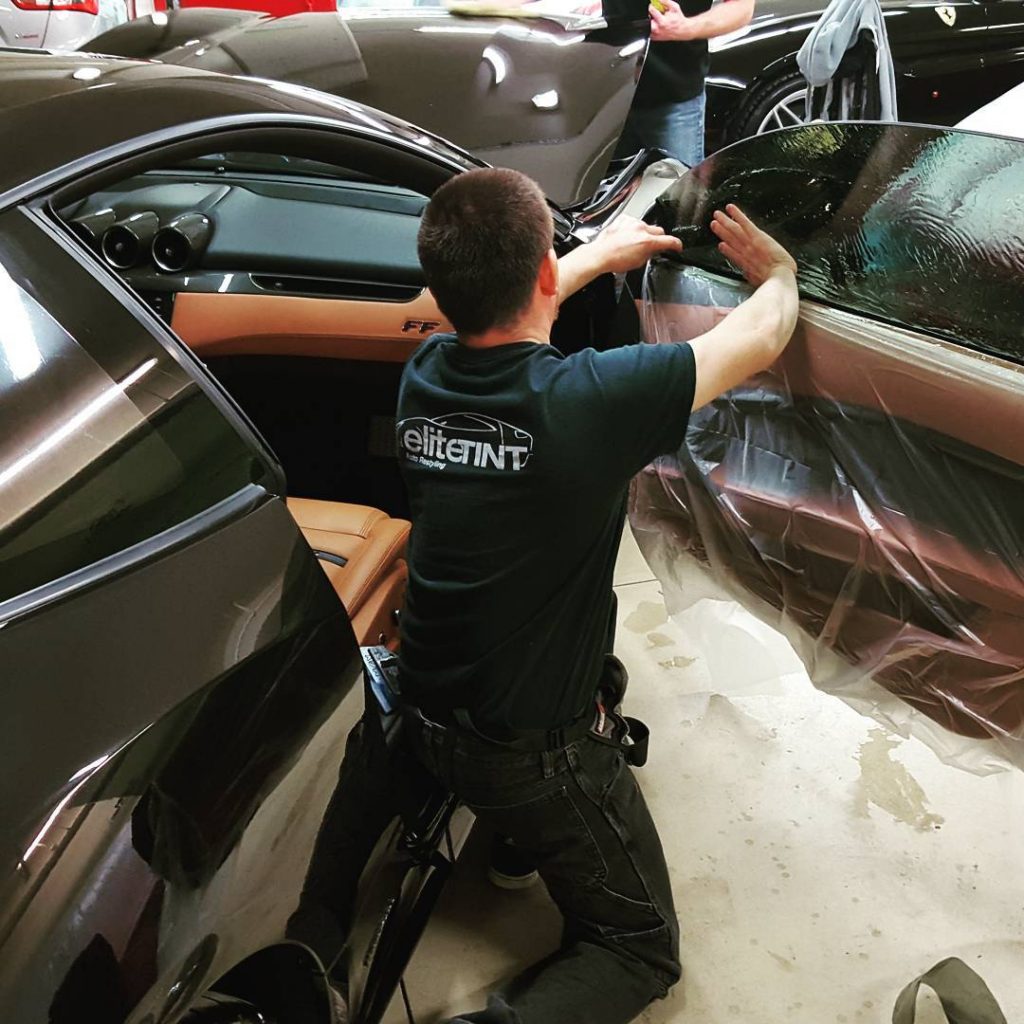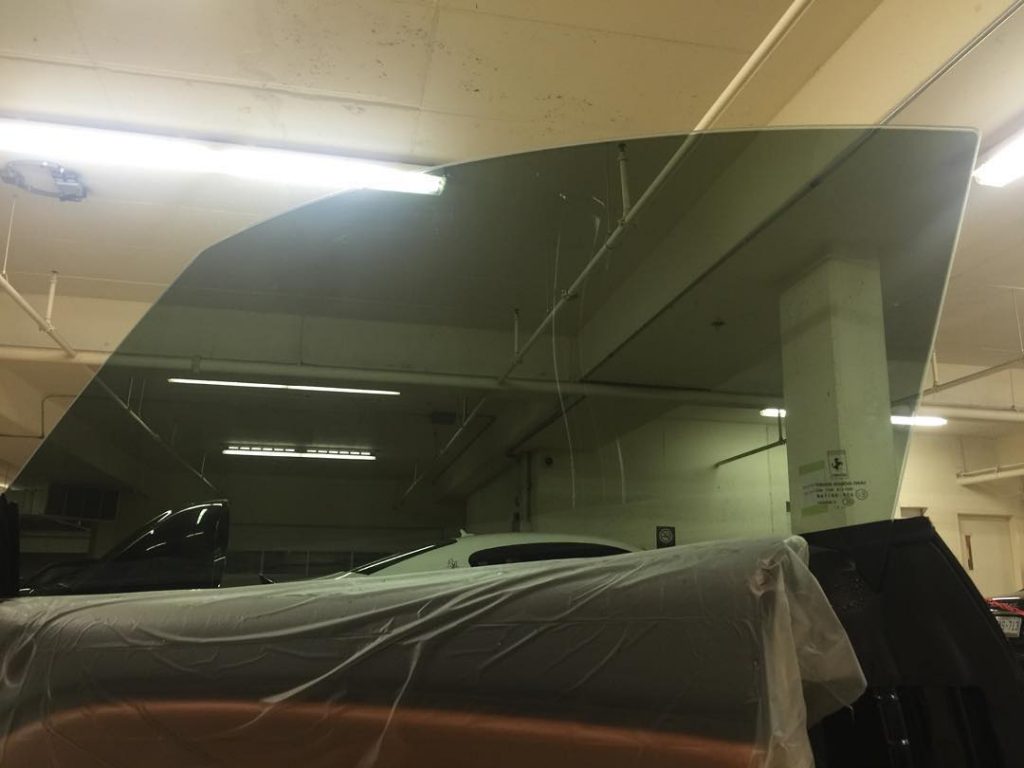Tinting your car windows in Ontario is often in legal scrutiny. For car owners across Canada, there are many laws that need to be followed. In this article, we will talk about Ontario window tinting laws that you need to know about. Whether you are a current car owner or a future car owner, this article will help you customize your car windows while staying within the legal framework.
The car laws in Ontario are different from other provinces while there may be some common laws Canada-wide. If you are moving from another province and have your windows tinted, it is important for you to understand all Ontario tint laws.
Why Are There Laws for Car Window Tints in Ontario?

While car tints provide protection and privacy level to the car owner, police have found that a lot of road accidents, road rashes and criminal dealings happen due to these tints. Car tints are also known to hinder night-time vision which harm the safety of the driver and others on the road. If cars have clear windows, it allows the on-road police to track drivers and spot criminal behaviour relatively easily. Tinting your car windows can also pose potential threat to the pedestrians on the road. As a usual behaviour, pedestrians make eye contact with the driver before crossing the roads. This signals that the driver needs to stop and let the pedestrians cross the road first.
Are Ontario Window Tints Legal by Law?
The most common question that many car owners have is whether car tinting is Ontario legal? The answer is that car tinting, although popular, is not entirely legal in Ontario. There are many laws that car owners must follow before they head out to tint their cars.
Following are some of the laws that you should know and follow:


- Earlier window tints on the windshield were allowed. However, Ontario Window Tint Laws of 2017 changed that. Aftermarket cars since January 1st 2017 cannot have tinted windshields of any percentage. This is a part of section 73(3) of Ontario Highway Traffic Act.
- The VLT rate or Visible Light Transmission rate of the vehicle’s front and side windows should be 70% or higher. This means that the darkest car window tint percentage in Ontario cannot be more than 30%.
- For the windows at the back, any tinting percentage is allowed by the Ontario Window Tint enforcements.
- For the rear screen, any tint percentage is allowed as long as the vehicle has rear view mirrors on each of its sides.
What Are the Benefits of Car Window Tinting?
Most car owners consider aftermarket car tinting for a variety of reasons.
UV Protection
Since car tints come with thin reflective layers, they help block the harmful rays of the sun. These not only include UV but also Infrared.


Temperature Control
During the peak months of summer, the interior of the car is prone to heating up, especially when parked outside. The window tints block the sun which helps keep the interior of your car, relatively cooler.
Ensures Privacy
It is common for car owners to leave their valuables in their car. Tinting the back windows and keeping your valuables hidden under the back seat makes it difficult for thieves to spot these items and get enticed to break into the car. For those who own a compact RV, tinting the windows helps offer privacy for the time when you would like to camp in the car.


Improves the Look
Many car owners consider aftermarket tinting to enhance the look of the car. Tints usually make the car look sportier. This also enhances the overall value of the car for some.
Ensures that Broken Glass Does Not Scatter
In case of a break-in or a collision, the adhesives of the window tint ensure that broken glass does not scatter everywhere and add to injury. The tints also make it difficult for thieves to break into your car.

Window Tinting and Insurance

Just like any other car modifications, car window tints can also affect your insurance. These clauses differ for different insurance providers. While some make moderations to insurance premiums, the other void the insurance policy. You must check with your insurance provider before tinting your car.
It must be noted that tinting your cars may come with a variety of benefits provided it is under the legal framework. If you want to get your car windows tinted, you should go to a company that offers only legal car tints in Ontario. Knowing the laws is the first step to doing the right thing. Drive safe!
FAQs
Is it illegal to tint windshields in Ontario?
Yes, it is illegal to tint windshields in Ontario, Canada. It has been officially regulated since January 1st, 2017, when the Ontario Highway Traffic Act passed a law to prohibit applying aftermarket tinting on windshields. Contact Elite Tint to learn more about Ontario window tinting laws.
What is the darkest legal tint in Ontario?
For the front side windows, the tint must allow at least 70% of light to pass through, meaning the tint cannot be darker than 30%. For the rear windshield and rear side windows, there are no restrictions on how dark the tint can be, provided the vehicle’s side mirrors are both functional. For accurate window tinting, reach out to the professional auto stylists at Elite Tint today.
Is 35% window tint legal in Ontario?
No, a 35% window tint is not legal in Ontario because that tint level only allows 35% of light to pass through, which is below the required 70% light transmission for front side windows. Ontario regulations does not permit a 35% tint on front side windows, making it non-compliant with local laws. Contact an Elite Tint professional to make sure your window tint does not exceed 30%.
How much is an illegal tint ticket in Ontario?
An illegal tint can warrant a ticket anywhere between $85 and $500 in Ontario. The specific fine amount can vary however for illegal window tinting depending on the severity of the violation and additional surcharges or fees may also apply. For more information about fines and fees associated with illegal tinting in Ontario, get in touch with an Elite Tint expert today.
Is 20% car window tint too dark?
Yes, a 20% car window tint is too dark because it allows only 20% of light to pass through, which is significantly darker than the permitted 70% light transmission for front side windows in Ontario. Such a tint would be considered too dark and not compliant with Ontario’s regulations for front side windows. At Elite Tint, we have a full understanding of Ontario’s tinting laws and make sure to apply a window tint that is safe for your vehicle.
What tint is too dark at night?
Tints that allow less than 70% of light to pass through are too dark at night because they can significantly reduce visibility during these hours, posing safety risks. Ontario has regulations in place to make sure sufficient visibility, especially during nighttime driving, by requiring front side windows to have a minimum of 70% light transmission. While rear windows can legally have darker tints, it’s important to consider the impact on nighttime visibility. Contact our auto technicians today for window tinting done right!

